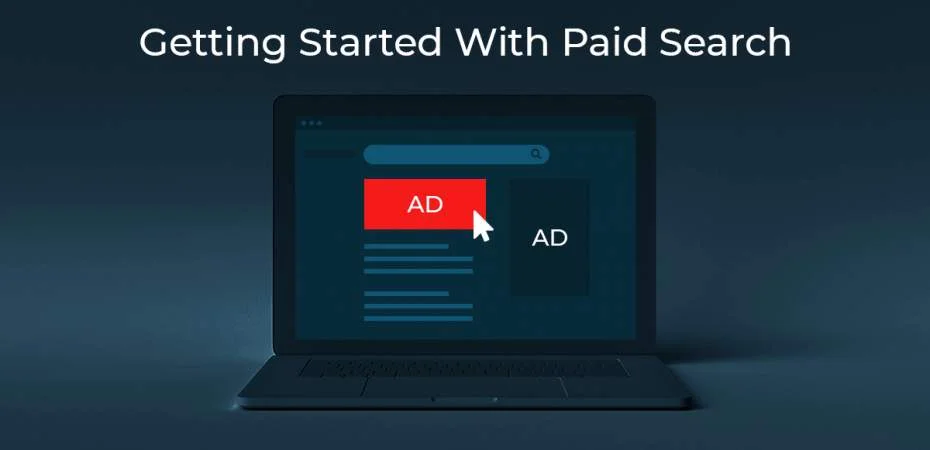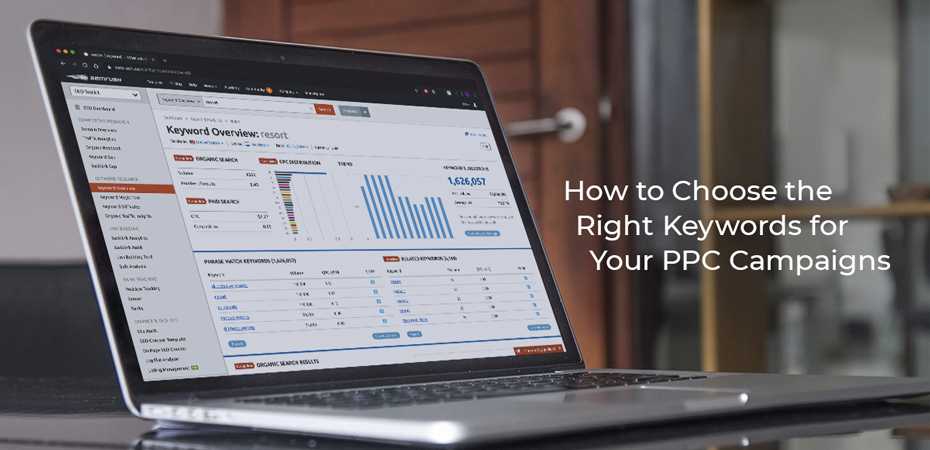December 5, 2019
| Article | by Josh Bell | Advertising
Why Is Non-Branded Paid Search Top-of-Funnel?
Paid search is commonly referred to as bottom-of-funnel. That is, it reaches users who are closest to converting. However, this is a broad generalization. What’s often overlooked in PPC management is that branded paid search is bottom-of-funnel, but non-branded paid search is typically very much top-of-funnel. To determine why, let’s break down the differences between branded and non-branded search and the goals of these strategies.
Branded Paid Search
The premise behind a branded search strategy is this:
-
Existing brand awareness drives users to search for terms that include your brand name
-
By doing so, those users are demonstrating a strong intent to purchase your specific product or service
-
This is essentially the definition of bottom-of-funnel
-
-
-
Assuming your website is reasonably well-structured and contains pertinent content, your landing pages are going to inherently be of high relevance to your branded keywords and the searches that trigger them
-
This relevancy allows for high quality scores on your keywords
-
-
In most cases, branded search efforts also face significantly less competition than non-branded search campaigns
-
This is because many more people are bidding on the same non-brand keywords that you’re targeting compared to the number of people bidding on keywords containing your brand name
-
-
The combination of high quality scores and low competition is the formula for attaining inexpensive clicks
-
For this reason, branded campaigns often yield much cheaper clicks compared to clicks generated by equivalent non-brand campaigns
-
Non-Branded Paid Search
The premise behind a non-branded search strategy is this:
-
Whether there’s a lack of brand awareness, or it’s an effort to expand that awareness and reach, the objective is to capture pertinent searches that do not include the brand name
-
These searchers are potentially demonstrating an intent to purchase, but not to purchase from you specifically
-
They need awareness of your brand or the fact that your brand offers the product or service they are interested in
-
This is the same objective of any top-of-funnel effort, regardless of the channel
-
-
-
The exclusion of the brand name from keywords reduces the relevancy between keywords and landing pages
-
It’s also not uncommon to aggressively reach with non-branded keywords, which can lead to bidding on keywords that are of low or questionable relevance
-
This further reduces the relevancy between keywords and landing pages
-
Low relevancy yields lower keyword quality scores, which result in higher CPCs (costs per click)
-
-
-
Additionally, non-branded search campaigns virtually always face much greater competition than branded search campaigns
-
For example, imagine how many people are bidding on “running shoes” compared to “New Balance running shoes”
-
Competition also drives up CPCs
-
PPC Management
Branded keywords are often undervalued. There’s a common lack of understanding of why someone would bid on keywords that include their own brand name, especially if they’re already ranking at or near the top of SERPs (search engine results pages) organically. The general assumption is that paying for ads to be displayed above one’s organic search results is a waste of money and is simply paying for traffic that would have otherwise been received for free.
The flaw in that logic is simple: competition. If one has no competitors, or at least none who spend any money on paid search, then perhaps there’s some justification for not bidding on branded keywords. But all it takes is one competitor coming along and bidding on your branded keywords—a very common tactic in PPC management—to cannibalize traffic from the organic search results. In fact, Moz recently determined that organic listings are losing a significant amount of clicks to paid listings—to the tune of 25% on desktops and a staggering 55% on mobile. Hence, the majority of effective PPC management strategies today should include bidding on one’s branded terms, as failing to do so will likely result in forfeiting a substantial amount of qualified traffic.
As for non-branded search, it should be noted that well-honed non-branded search campaigns, while top-of-funnel as discussed, can still bring very qualified traffic to a landing page. This is due to the fact that the user did not passively see an ad and decide to click on it to find out more. Rather, the user actively performed a search that triggered the ad to be served to them and they were interested enough in that ad to click through it for more information. It’s difficult to overstate the value in that key difference.
If a user omits your brand name in their search and is subsequently served an ad with your brand name in it, that user has now been exposed to your brand and its offerings. If the user clicks the ad out of an active interest and visits the landing page, they have now been brought into your brand’s marketing funnel. If the user’s website visit doesn’t result in a purchase, the brand can at least begin retargeting that user.
So Why Is Non-Branded Search Top-of-Funnel?
The top-of-funnel objective is to generate awareness by exposing the user to the brand and its offerings. That is achieved as soon as the user performs the search and is served the ad. If the user clicks the ad and visits the landing page, then the new objective is to make the brand a part of the user’s consideration set. Assuming remarketing tags are in place, the user can then be retargeted across all paid channels, progressing the user through the funnel, with the end goal of getting the user to return to the site and convert.

